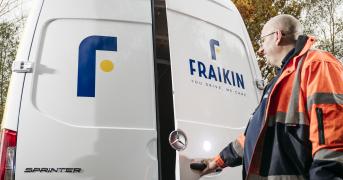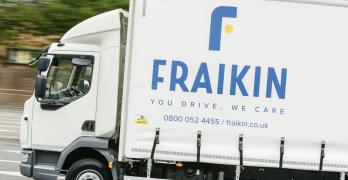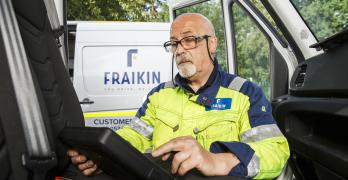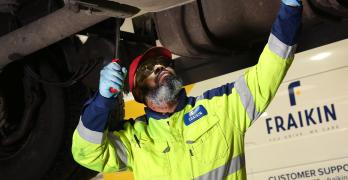DVSA Embraces Digital Communication for Prohibition Notices
- 12/08/25
- 3 min
The Driver and Vehicle Standards Agency (DVSA) has introduced a series of updates on how it issues prohibition notices and clearance communications, all part of a broader move toward a more digital, streamlined approach.
These changes reflect a growing trend across the industry to improve compliance processes and reduce reliance on paper-based systems, an important step in keeping fleets safe, legal, and roadworthy. But what exactly has changed?

Email-based correspondence
As of 18 June 2025, operators with an email address recorded in the correspondence field of their Operator Licence have started receiving prohibition notices via email rather than via post. These digital notices contain all the information included in the physical letters, although roadside prohibitions will still be issued in person.
Building on this, from 17 July 2025, the DVSA began sending prohibition emails with a secure link to download the full letter, rather than including the wording directly in the email. This change enhances data protection and provides operators with greater control over how they access and store these documents.
The final step in this rollout came into effect on 7 August 2025, with prohibition clearance notices also now being sent by email. This marks a full transition to digital communication for both prohibition and clearance notices, streamlining the process and reducing reliance on postal services.
Operators without an email address on record will continue to receive notices by post, though they are encouraged to register for self-service and update their contact details via the Vehicle Operator Licensing system to benefit from these faster and more secure updates.
Supporting compliance and efficiency
These updates reflect the DVSA’s commitment to modernising its services and aligning with best practices in digital communication. For operators, this means not only quicker access to important information but also a more environmentally friendly approach to compliance.
Maintaining good vehicle standards is still an essential practice. Regular maintenance and thorough daily walkaround checks by drivers are the most effective way to avoid roadside prohibitions, while staying proactive in these areas can help operators remain compliant and reduce the likelihood of enforcement action.
As the DVSA continues to evolve its systems, businesses should stay informed and adapt accordingly, ensuring their operations remain aligned with regulatory expectations.
If you have questions about how these changes might affect your fleet or need help ensuring your operation stays compliant, Fraikin is here to help. Our team can offer expert guidance and practical support tailored to your business needs.
Get in touch today to learn more about how we can support your operation in adapting to DVSA’s evolving standards.
Also worth reading

Labour’s Autumn Budget Uncertainty Highlights the Value of Contract Hire

Driver walkaround checks: Why they matter and how Fraikin is making them easier

